How fungi's knack for networking boosts ecological recovery after bushfires
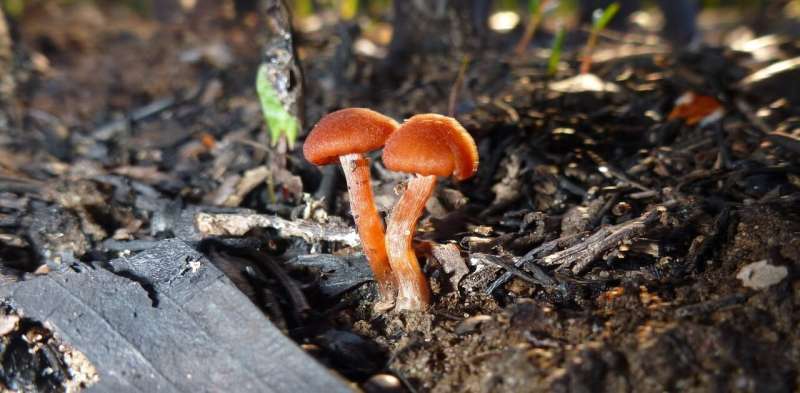
The that struck the east coast of Australia this summer killed an one billion animals across .
Scorched landscapes and animal corpses brought into sharp relief what climate-driven changes to wildfire mean for Australia's plants and animals.
Yet the effects of fire go much deeper, quite literally, to a vast and complex underground world that we know stunningly little about, including organisms that might be just as vulnerable to fire, and vital to Australia's ecological recovery: the fungi.
Plants and fungi: a match made underground
The aftermath of wildfires can make landscapes appear devoid of life. Yet under the ash beds lies a vast living network of fungi.
One group of fungi, called (AM) fungi, form symbiotic relationships with most of the world's land plants. This means most plants and AM fungi rely on each other to grow and thrive.
Extensive of AM fungal mycelium (a vegetative part of a fungus, akin to plant roots) beyond the reach of their plant partners. The mycelium forms a fungal underground highway, transporting the valuable nutrients back to the plants.
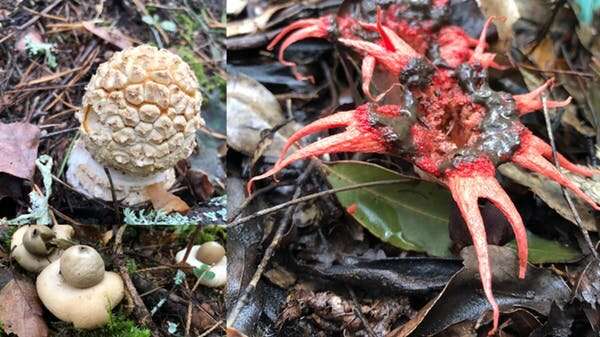
Beyond nutrients, AM fungi can , such as seedling establishment, plant growth, , and competition between different plant species. In fact, the number of species and abundance of AM fungi .
In return for the nutrients they provide, AM fungi receive sugar made by plants through photosynthesis. For many species, this means without a plant host the fungi won't last.
The responses of plants and AM fungi to fire are therefore deeply intertwined: the recovery of one is dependent on the other. Yet ecologists are only beginning to learn how fire affects fungi and what role they might have in hastening ecosystem recovery following wildfires.
Fungi and fire: what do we know?
Studies have shown fungi living near the soil surface are particularly susceptible to fire, often killed by high as the fire passes over. Fungi further below the surface are relatively more protected, and may provide the nuclei for recovery.
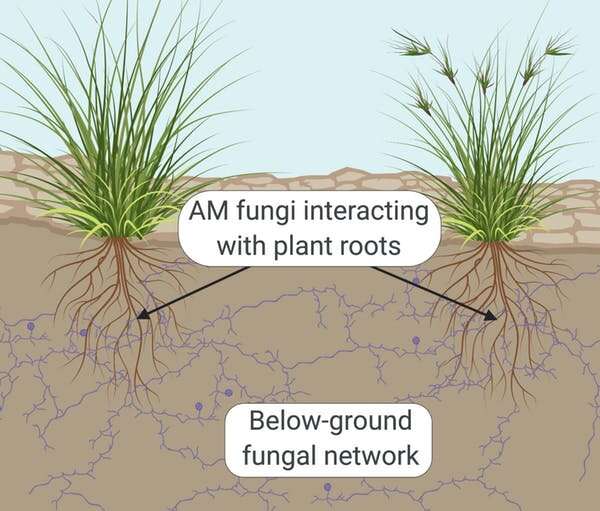
But, as with animals, surviving fire is only half the battle. When fire removes vegetation, it suddenly halts sugar and fats plants produce, delivered to the fungi below-ground.
Another challenge is the ways fire influences the underground world, such as changes in soil acidity, soil , nutrient dynamics, and . For instance, soils with more acidity tend to have .
The combination of high temperatures and changed conditions appear to take a toll on fungi: a 2017 meta-analysis of 29 studies found by about 28%. And given the severity of last summer's bushfires, that many fungal communities below the surface , too.
Lose fungi, lose function
When fire hits, the community of AM fungi may lose . This is important because studies show different species of AM fungi are better at supporting their plant partners in different ways. Some are , while others are from disease and herbivores.
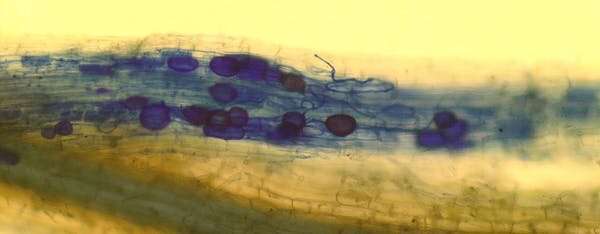
Changes in the number and types of AM fungal species can strongly determine how well plants recover, and can influence the whole ecosystem after fire. For example, plants could be left more vulnerable to disease if fungi supporting native plant or defences are reduced by fire.
Since we know fungi are particularly important to plants , their role may be paramount in harsh post-fire landscapes. But while firefighters and wildlife carers have gone to to protect plants and animals, we know little about how to help AM fungi recovery from the bushfires, or if help is even necessary.
Helping fungi help ecosystems
from last year showed reintroducing AM fungal communities (usually as an inoculant or biofertiliser) to degraded and disturbed landscapes plant diversity by around 70%, encourage recovery of native plants, and suppress invasive weeds.
-
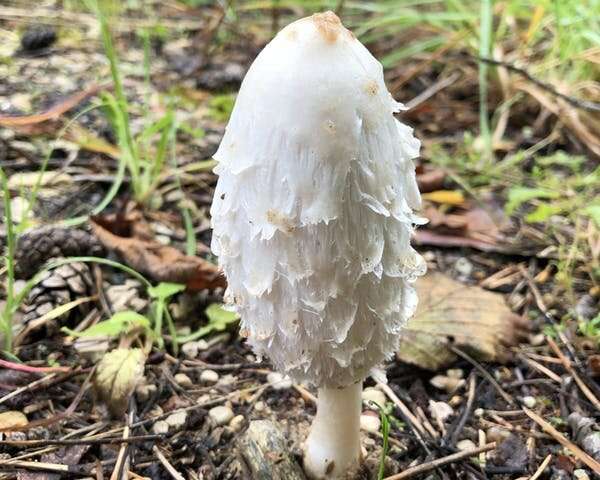
How exactly fungi and fire interact remains an ecological mystery. Credit: Coprinus sp. Adam Frew -
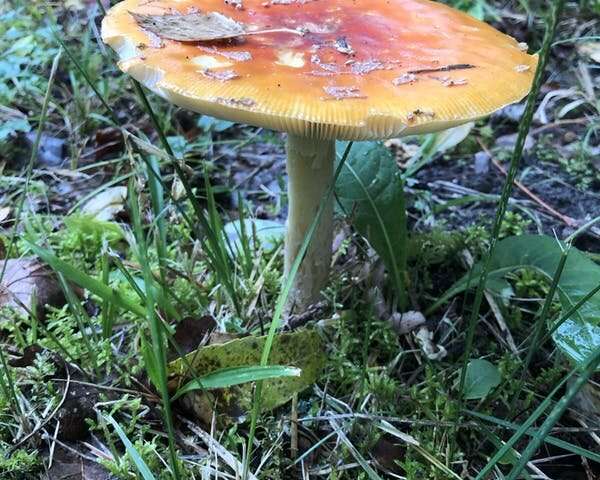
Amanita muscaria (Fly agaric). Credit: Adam Frew -
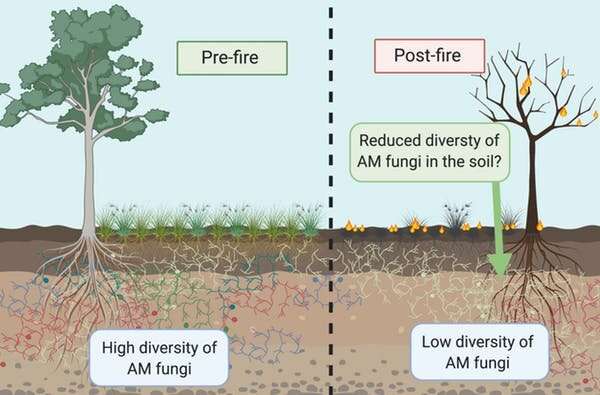
Fire tends to change what species of arbuscular mycorrhizal fungi are present in the soil as ecosystems recovery. Credit: Adam Frew via BioRender
Taking a similar approach and actively putting fungi back into fire-affected environments could ensure more rapid or more complete recovery of native vegetation, including the survival of .
However, it's important to consider which AM fungi are reintroduced. They should be species normally present in the local area, and suited to support recovering plant communities.
So as bushfires, could fungi form a fundamental component of fire recovery efforts? Maybe.
But there is so much we're yet to learn about these ancient and complex relationships. We're only beginning to scratch the surface.
Provided by The Conversation
This article is republished from under a Creative Commons license. Read the .![]()

















